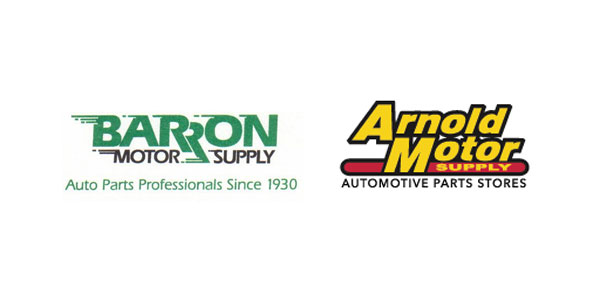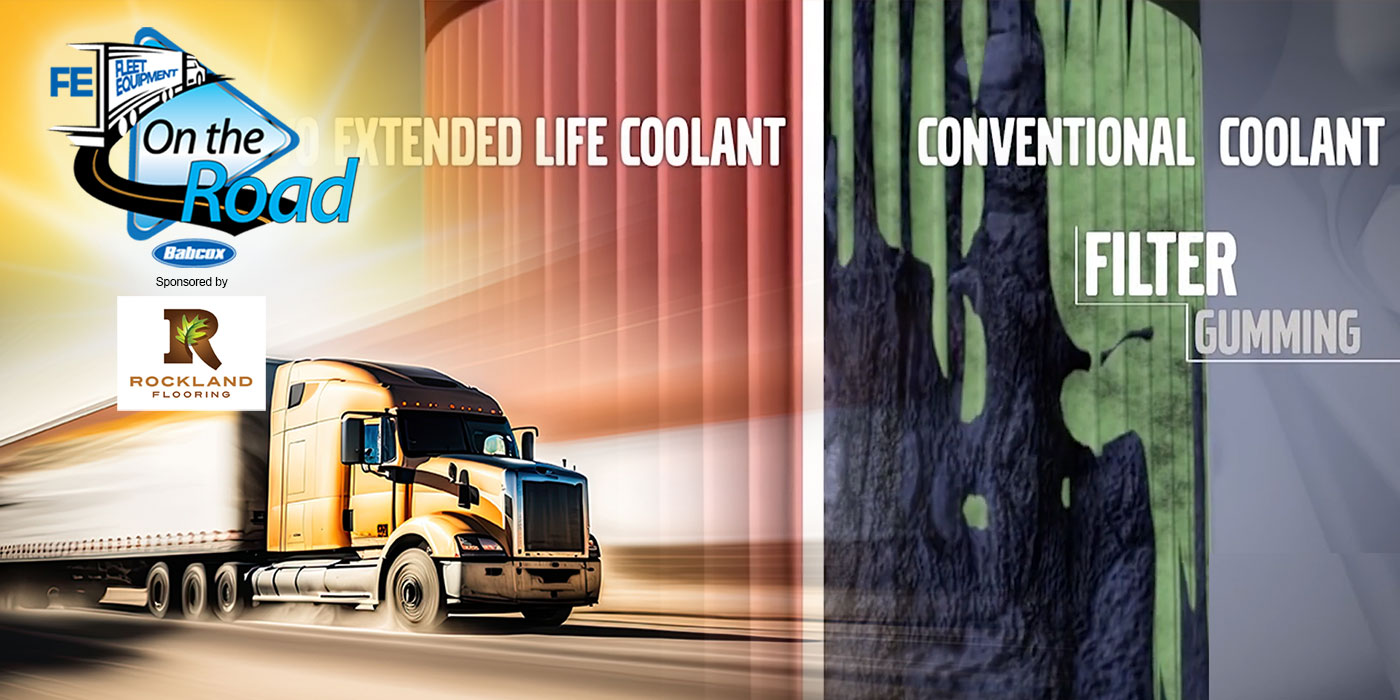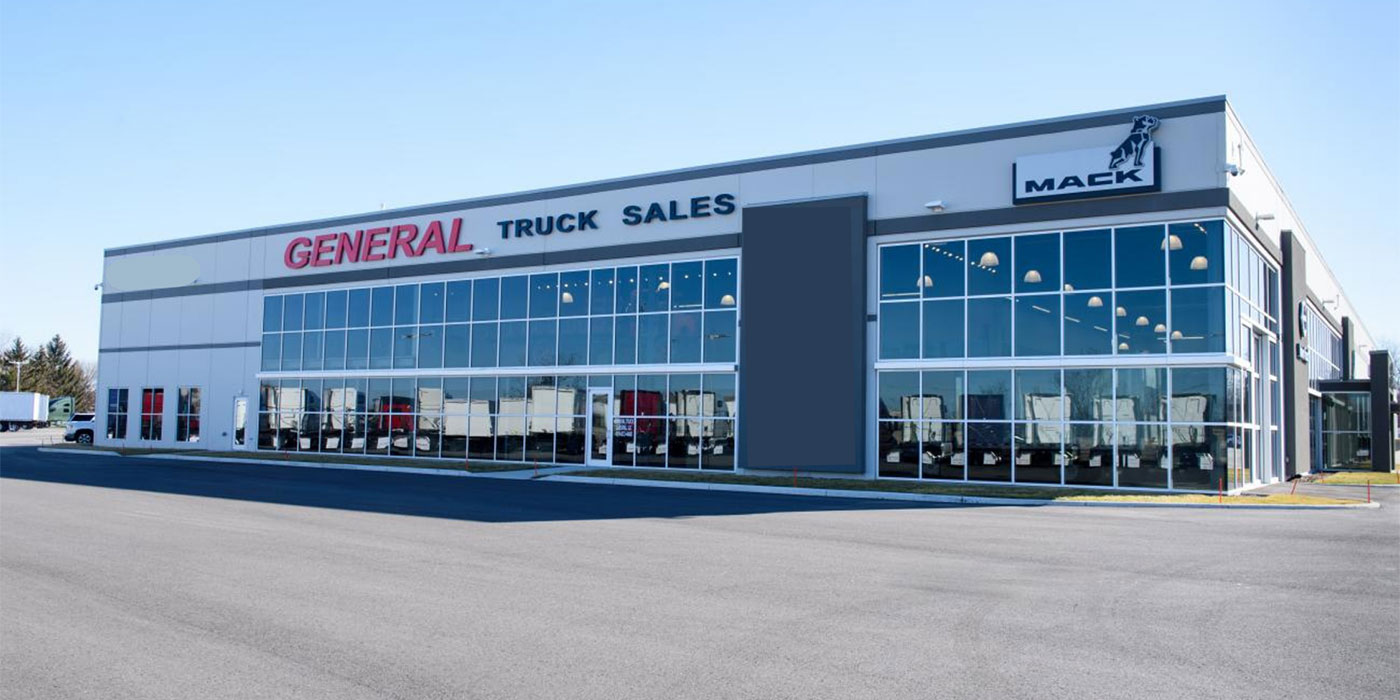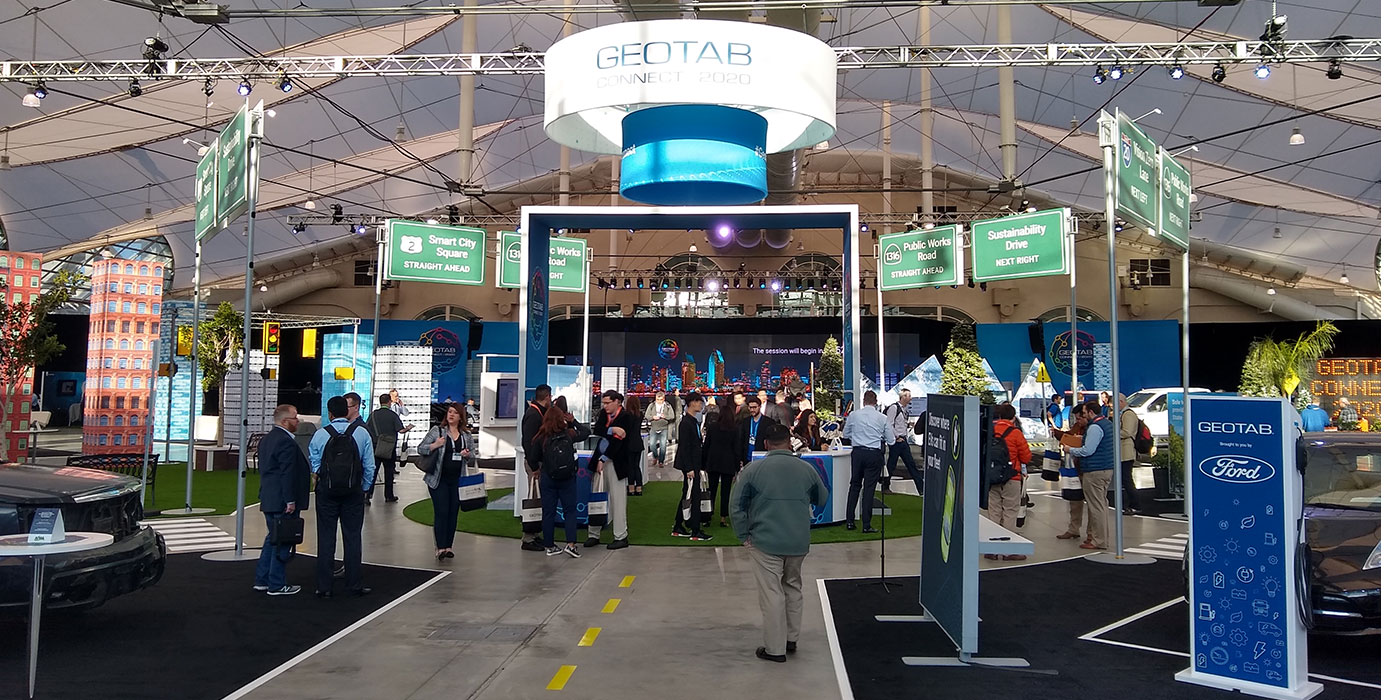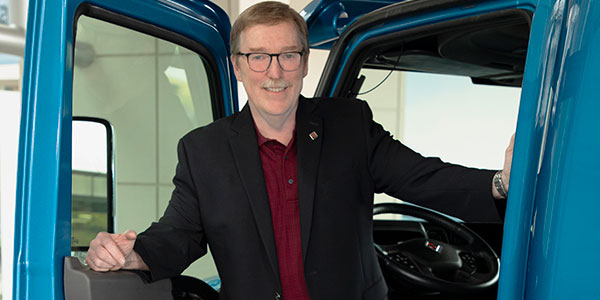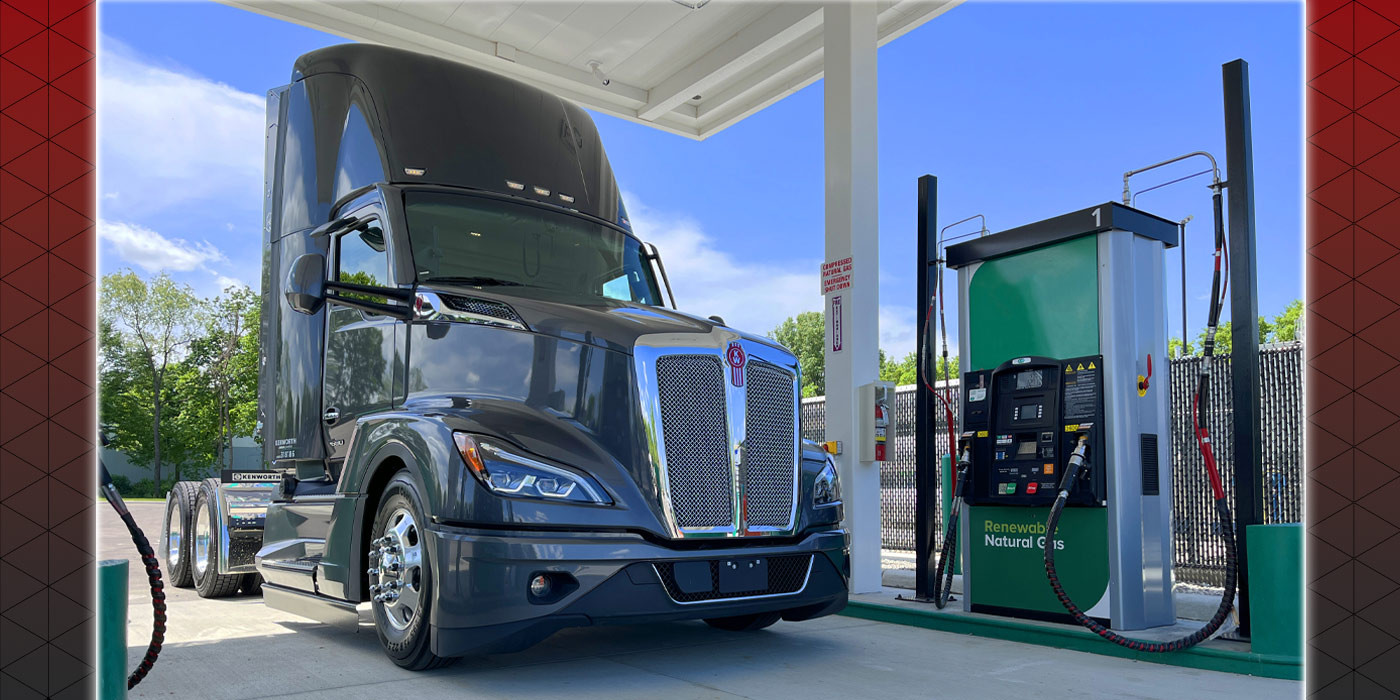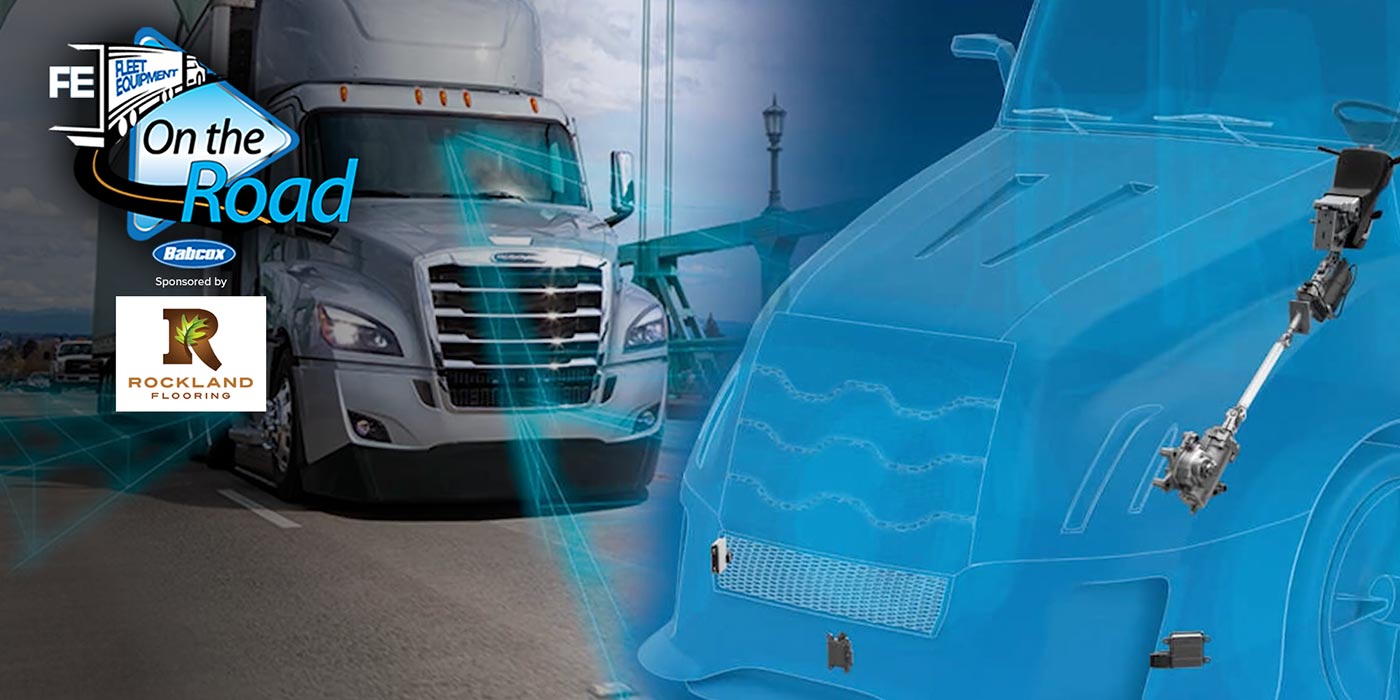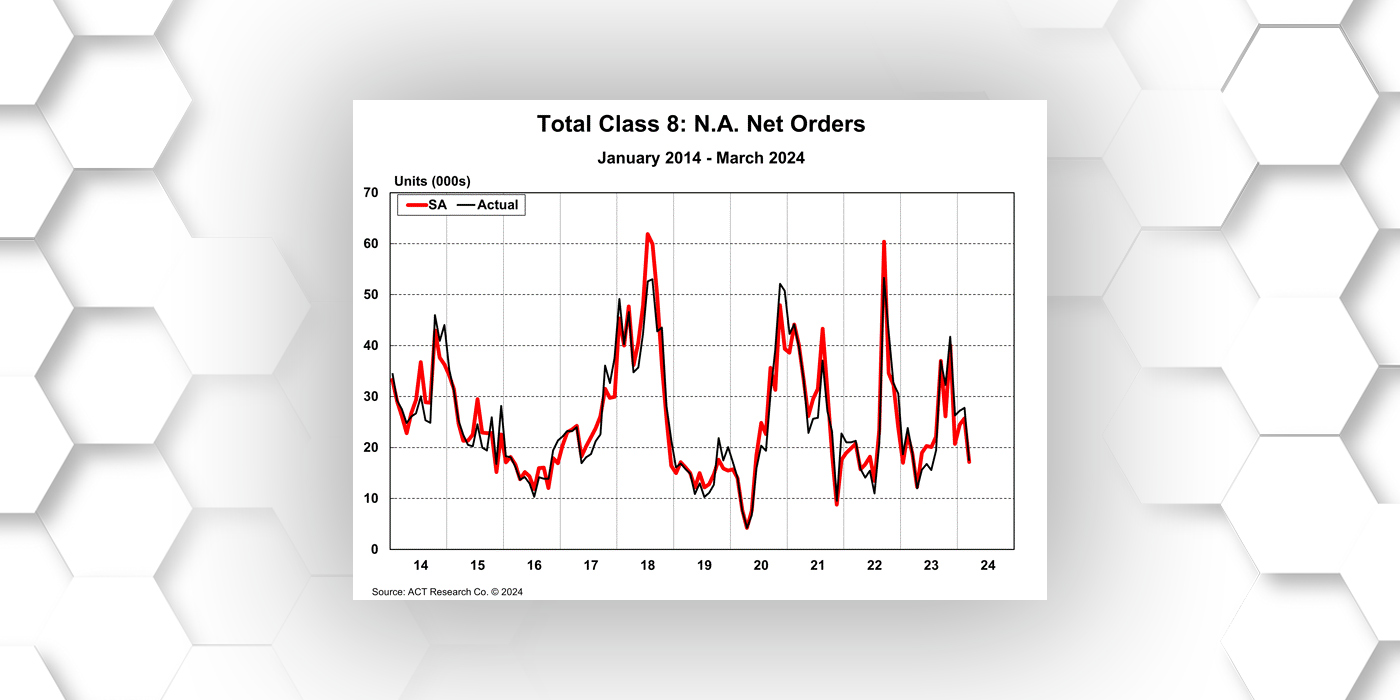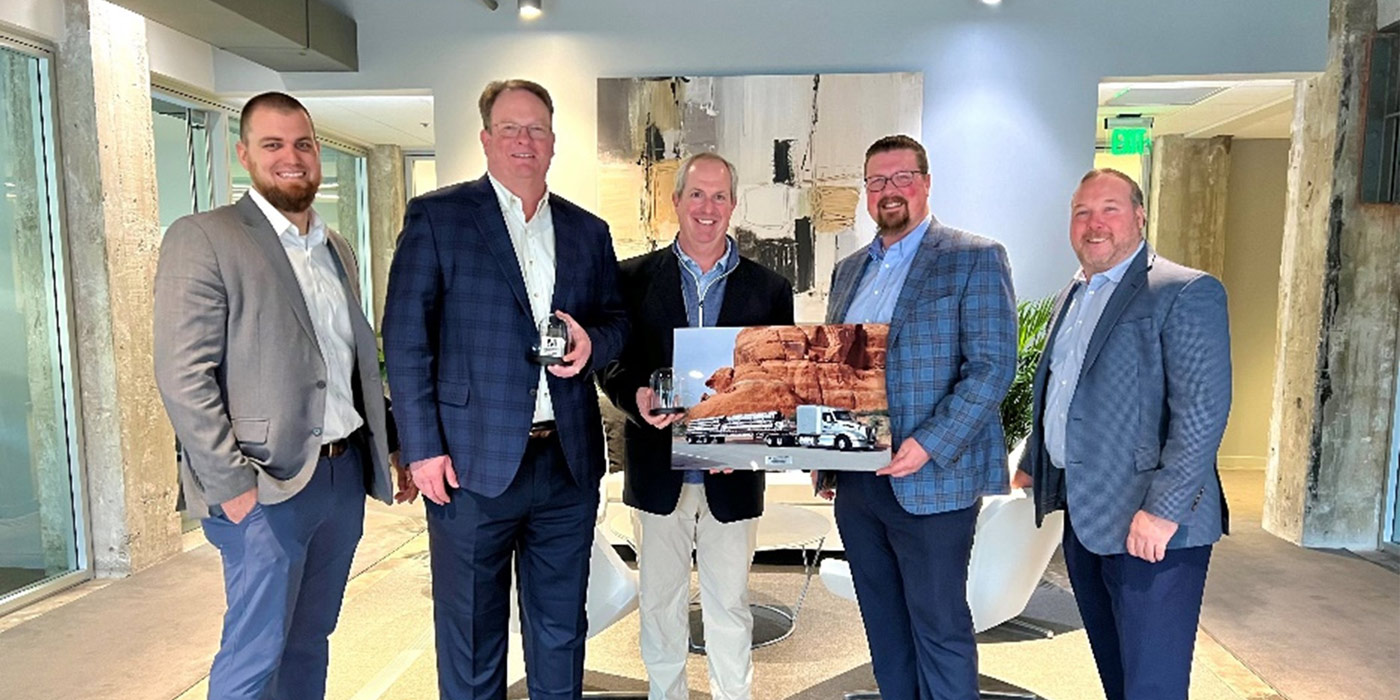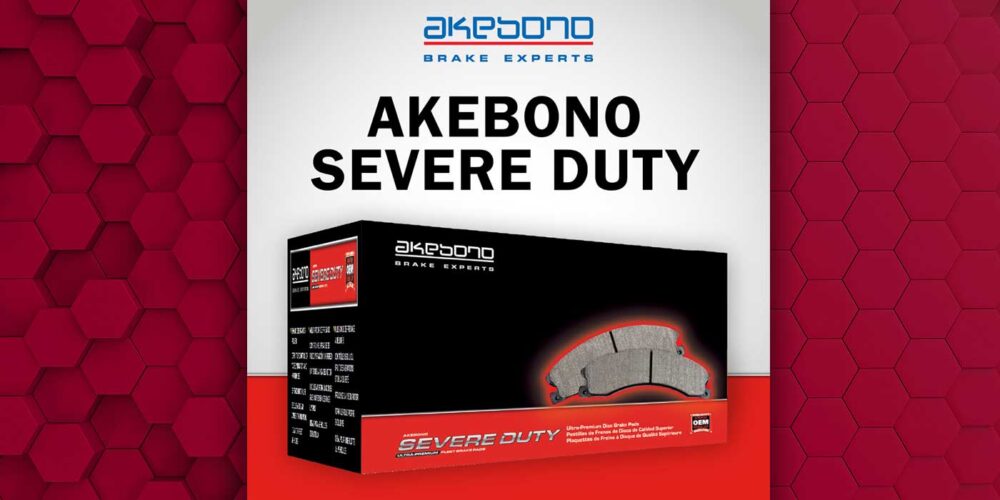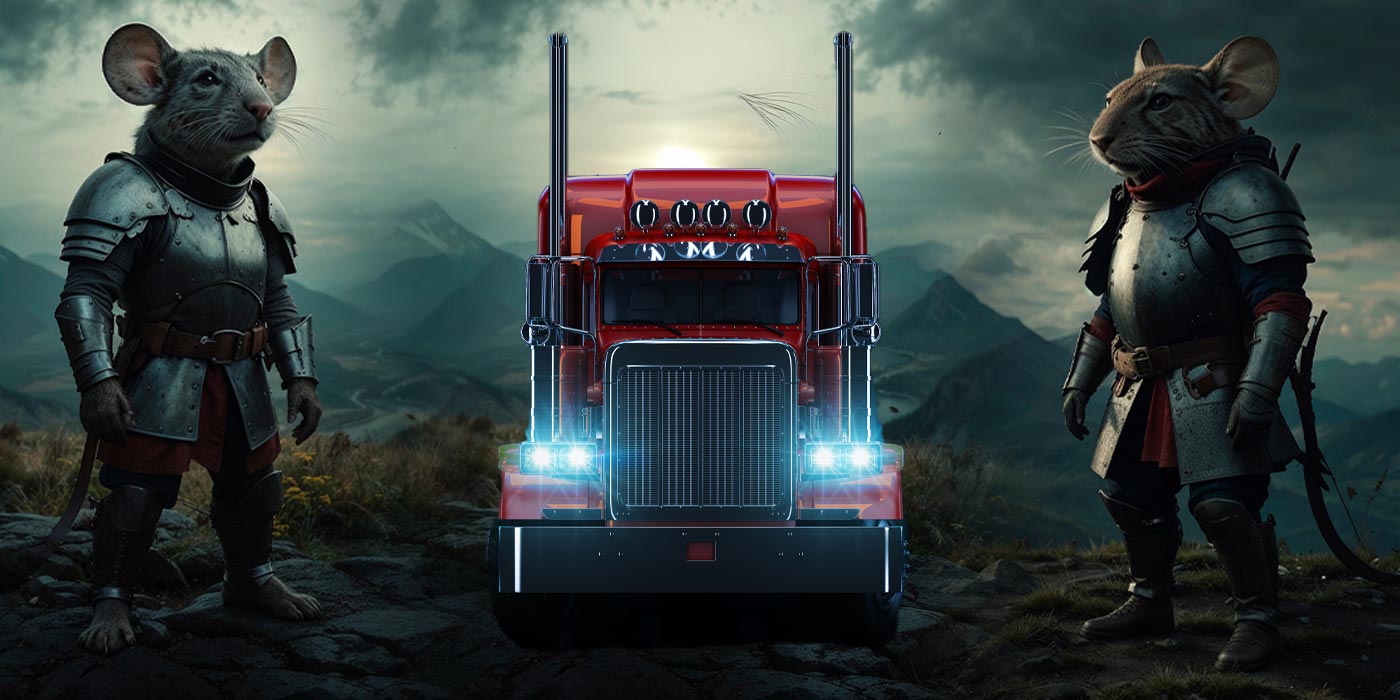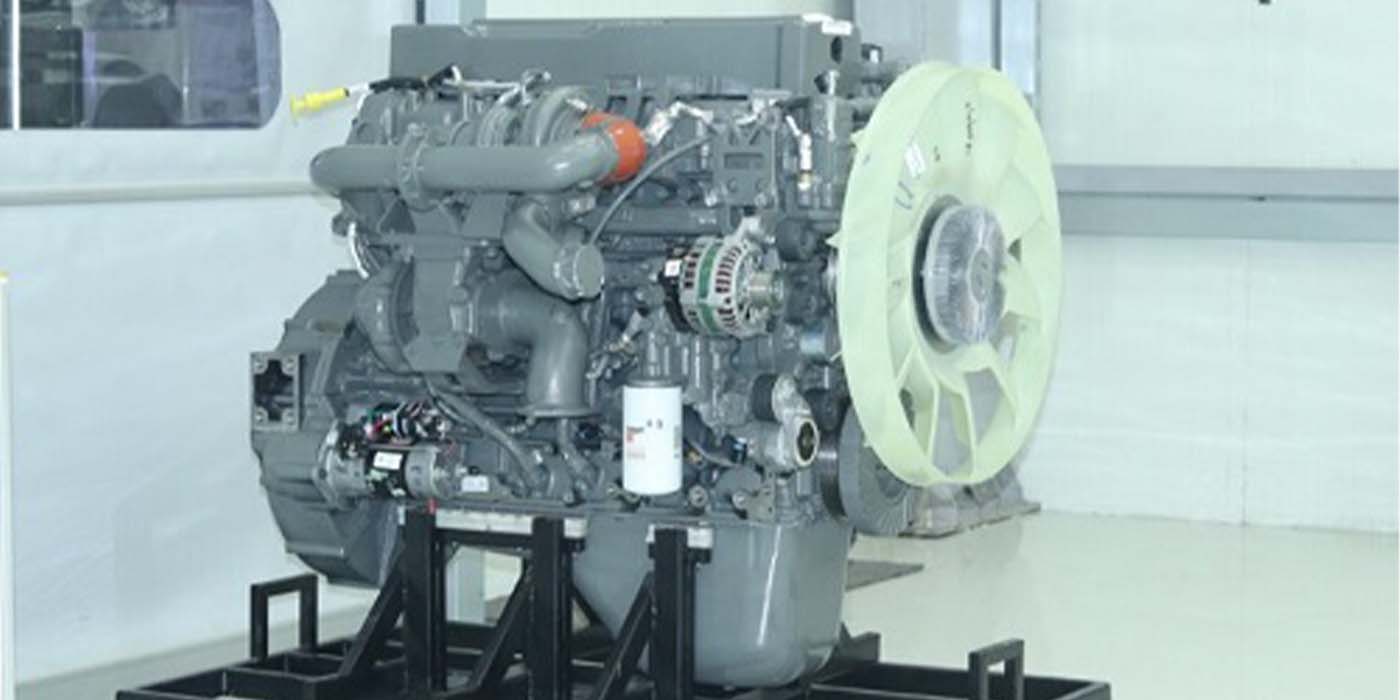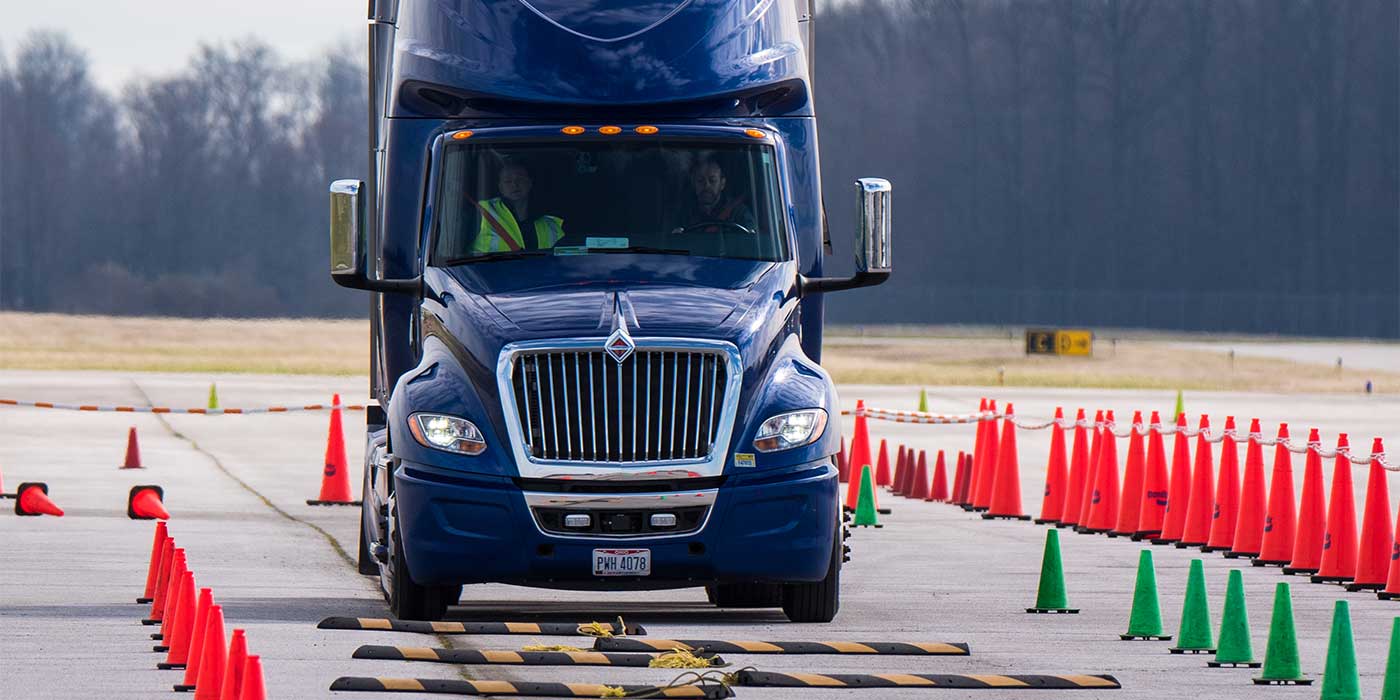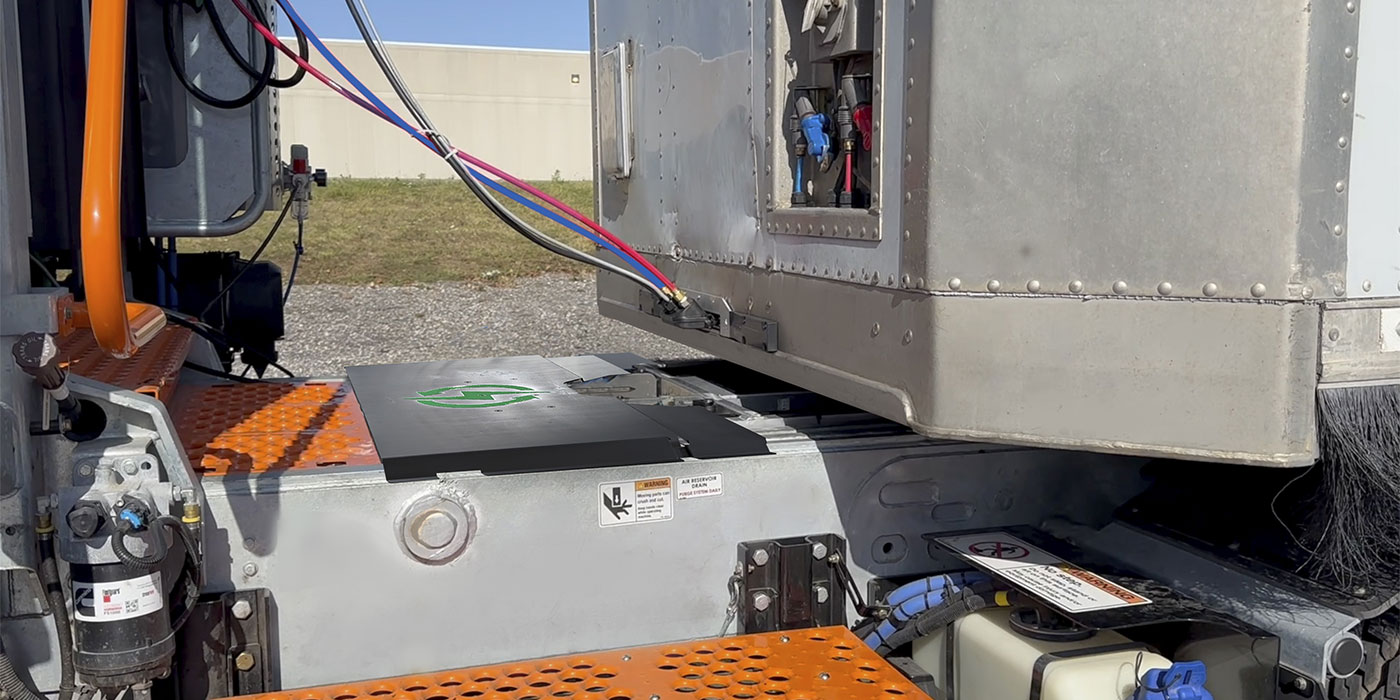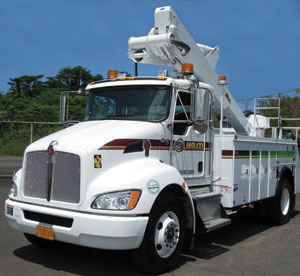 Building a business case for alternative powertrains in on-highway Class 8 commercial vehicles is a complex task. Along with potential fuel saving benefits, the return on investment equation must also take into consideration total cost of ownership, productivity, safety and cargo capacity, among other factors.
Building a business case for alternative powertrains in on-highway Class 8 commercial vehicles is a complex task. Along with potential fuel saving benefits, the return on investment equation must also take into consideration total cost of ownership, productivity, safety and cargo capacity, among other factors.
Working toward that goal, and using its expertise as a systems integrator, ArvinMeritor is working with fleet and other partners to develop a hybrid diesel electric powertrain for the on-highway market. The system now undergoing development and testing integrates series and parallel hybrid solutions.
Other Class 8 development activity is taking place at the Hybrid Truck Users Forum (HTUF). The group, operated by CALSTART in partnership with the U.S. Army National Automotive Center (NAC) and supported by the U.S. Department of Energy, focuses in part on helping fleets identify hybrid requirements, test technologies and make purchases of production vehicles.
HTUF’s Class 8 Hybrid Truck Working Group, for example, is now working on developing qualitative descriptions of fleet drive cycles and is continuing to develop a project approach for a Class 8 hybrid tractor that could be incorporated into fleets to evaluate fuel savings and operational benefits.
Evaluating heavy-duty hybrids
An HTUF Refuse Working Group is moving forward with hybrid development efforts while the New York City Department of Sanitation (DSNY) has been evaluating different heavy-duty hybrid models since last year. The trucks include vehicles built by Crane Carrier in electric and hydraulic hybrid configurations.
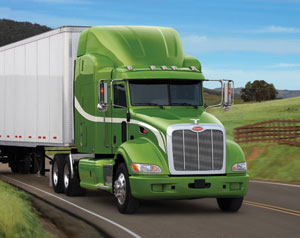
The electric hybrid, with a drivetrain supplied by ISE Corp., is a series hybrid configuration using a conventional diesel engine to drive a generator, providing electricity to an ultracapacitor energy storage pack. Energy from the 120 kW generator and ultracapacitor pack is used to drive two electric motors, which replace the conventional transmission. Braking energy is recovered and stored in the ultracapacitor pack for reuse upon vehicle launch.
Bosch Rexroth supplies the Crane Carrier hydraulic hybrid drivetrain. The Hydrostatic Regenerative Braking (HRB) system is a parallel hybrid configuration. When braking, the pump/motor acts as a pump, absorbing energy from the driveline and imparting a retarding force on the drive wheels, pumping hydraulic fluid into a nitrogen-pressurized accumulator. Upon vehicle launch, the pump/motor acts as a motor, operating in conjunction with the diesel engine to provide additional torque and power to accelerate the vehicle from a stop.
Mack Trucks Inc. is also involved in developing and testing diesel-electric hybrid refuse trucks. The OEM, which has production-intent heavy-duty hybrid demonstrators in refuse fleets for validation, delivered a Mack TerraPro Low Entry model refuse truck to the city of New York.
The TerraPro hybrid has a rear loading refuse packer body and is equipped with a 325 HP Mack MP7 engine and Selective Catalytic Reduction (SCR) exhaust aftertreatment technology. The diesel-electric hybrid powertrain used in the truck features an integrated starter, alternator and electric motor. The system captures energy from braking, converts the energy to electricity, stores the electricity in lithium ion batteries, and uses it to power the electric motor, which assists the MP7 diesel engine with propulsion. Use of this hybrid system, when fully optimized, is expected to improve fuel economy by up to 30%.
Increasing adoption
While development of Class 8 hybrids continues, increasing adoption of medium-duty hybrid trucks is taking place in different market segments. Eaton Corp., which has invested in and supplies three different hybrid solutions for commercial vehicles, recently announced that customers have collectively accumulated more than 30 million miles of service worldwide using more than 2,400 systems on delivery, refuse and utility trucks, buses and other applications.
Of the 30 million miles, FedEx, operator of the largest fleet of commercial hybrid parcel delivery trucks in the U.S., accounts for more than five million miles on its Eaton-powered hybrid trucks and vans. Recently, UPS deployed 50 hybrid electric delivery trucks to its fleet in the Philadelphia area, added 30 in Austin, Texas, and 13 in Minneapolis. Using Freightliner chassis and Eaton systems, the new hybrids join 50 others already operating for UPS in Atlanta, Dallas, Houston and Phoenix, and are part of a group of 200 hybrids being deployed in eight U.S. cities by the company. UPS estimates that the 200 hybrids will reduce fuel consumption by 176,000 gallons per year compared with conventional diesel trucks.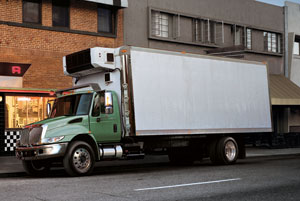
Bearing out those claims is the U.S. Department of Energy’s National Renewable Energy Laboratory, which collected and analyzed fuel economy, maintenance and other vehicle performance data from UPS’s first generation hybrid diesel step delivery vans powered by an Eaton system. The vans reportedly achieved up to a 37% improvement in average fuel economy, resulting in at least a 15% improvement in total cost per mile while maintaining similar reliability and operational performance compared to conventional vehicles.
Recent reports from several HTUF working groups also point out the trend toward increased hybrid use in medium-duty applications. The group’s Parcel Delivery Working Group is focusing on Class 6 hydraulic hybrid models, while the success of hybrids in the utility market is clearly evident. Initially, a working group of 14 utility fleets took part in a pilot project to deploy 24 Class 6 hybrid bucket trucks. The original fleet participants have continued to purchase more hybrid models and are now fielding over 180 units.
Creating demand
The HTUF Utility Working Group is now focusing on creating demand for a Class 4-5 hybrid truck. Commonly used as service or bucket vehicles in many fleets, the trucks detailed by the group have a duty cycle that includes 10,000 to 20,000 miles of operation per year and idle time two to three hours per work day.
The group has also developed a list of Key Performance Parameters, including fuel economy that exceeds a baseline unit by 50%, that define the most critical requirements for a hybrid work truck in this GVWR range. After collecting input to define the ranking order of the identified parameters, the group will be contacting manufacturers to solicit feedback on technical requirements and to discuss purchase interest and potential production timelines.
HTUF has also formed a working group specifically for fleets involved in telecommunications and similar applications. AT&T and Verizon have agreed to support the new effort, which will focus on Class 2-4 trucks widely used in these types of operations. Verizon recently added five hybrid bucket trucks to its Long Island, N.Y., fleet.
The group’s timeline is aggressive, with plans to define duty cycles and platform requirements and performance specifications, assess the viability of currently available hybrid products, determine fleet interest and commitment and deliver a request for vehicle proposals to manufacturers this year.
Good match
“Hybrids have proven to be one of the best ways a fleet can improve fuel economy and reduce emissions,” says Andy Douglas, Kenworth national sales manager, specialty markets. “However, this is not one-size-fits-all technology. Fleets need to make sure there is good match with the technology and their operating environment.”
Calculating a return on investment for a specific fleet, Douglas relates, requires a number of assumptions to be made. Included are the hybrid truck type and application, mileage, the future cost of diesel fuel and MPG for similar non-hybrid vehicles. Not to be overlooked are available tax credits and state sponsored incentive programs that support the purchase of hybrids (For a list, visit www.afdc.energy.gov/afdc/vehicles/hybrid_electric_laws.html).
Demand for hybrids and ongoing development by manufacturers is being driven by increasingly favorable performance results for exiting and evaluation vehicles. In addition to fuel savings, growing interest in this viable alternative powertrain is also the result of the value that more companies see in helping with the effort to safeguard the environment and reduce dependence on oil.

